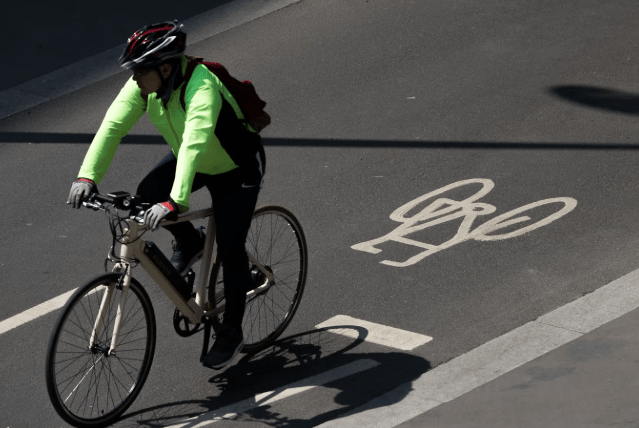Footage of dangerous overtakes on cyclists—now known as dangerous driver footage—has seen a significant surge. In 2024, 15,779 clips were submitted to police forces across England and Wales, more than double the 7,249 submissions in 2021.
Cyclists are installing cameras—often under £50—and using both helmet and bike-mounted devices to log reckless driving.
IAM RoadSmart submitted a Freedom of Information request to 43 police forces, gaining data from 20. These revealed that the number of submissions resulting in a notice of intended prosecution jumped from 38% in 2021 to 54% last year.
- Introduced in 2017, Operation Snap encourages public uploads of footage showing motorists passing too closely.
- The rise in footage correlates with increased enforcement against dangerous drivers.
A survey of 655 IAM RoadSmart drivers showed 58% were unaware of the Highway Code’s minimum 1.5 metre overtaking distance guideline—an essential LSI keyword related to dangerous driver footage.
Harriet Hernando, Active Travel Spokeswoman at IAM RoadSmart, stressed: “It is extremely concerning that more than half of motorists don’t know how much space to give a cyclist when overtaking.”
She added: “Passing too closely … can be intimidating and dangerous.” This knowledge gap drives more cyclists to capture and report risky overtakes.
While it’s encouraging that prosecutions are up, Ms Hernando notes: “It would be better if it didn’t reach that stage and motorists weren’t doing it in the first place.”
Provisional Department for Transport data reports 85 cyclists were killed on Britain’s roads in 2024, with most fatalities involving collisions with cars—a stark reminder of the consequences of dangerous driving.
IAM RoadSmart’s No More Close Calls campaign urges motorists to leave 1.5 metres at speeds up to 30 mph, and more at higher speeds. Their guidance includes:
- Hang back two to three car lengths before overtaking.
- Avoid squeezing past when it’s unsafe.
Duncan Dollimore of Cycling UK argues that the 2022 Highway Code enhancements haven’t made the expected impact: “The majority of people who drive simply aren’t aware how much distance to give …”
He urges the Government to better promote the Highway Code changes.
A Department for Transport spokesperson stated: “We take road safety extremely seriously, and there are already strict penalties in place … Our roads are among the safest in the world, but we are always looking to improve.”
The rise in dangerous driver footage reflects cyclists’ growing use of cameras to highlight risky overtakes. With prosecutions rising and campaigns like No More Close Calls aiming to educate motorists, increasing awareness and enforcement efforts remain crucial to protect vulnerable road users.






